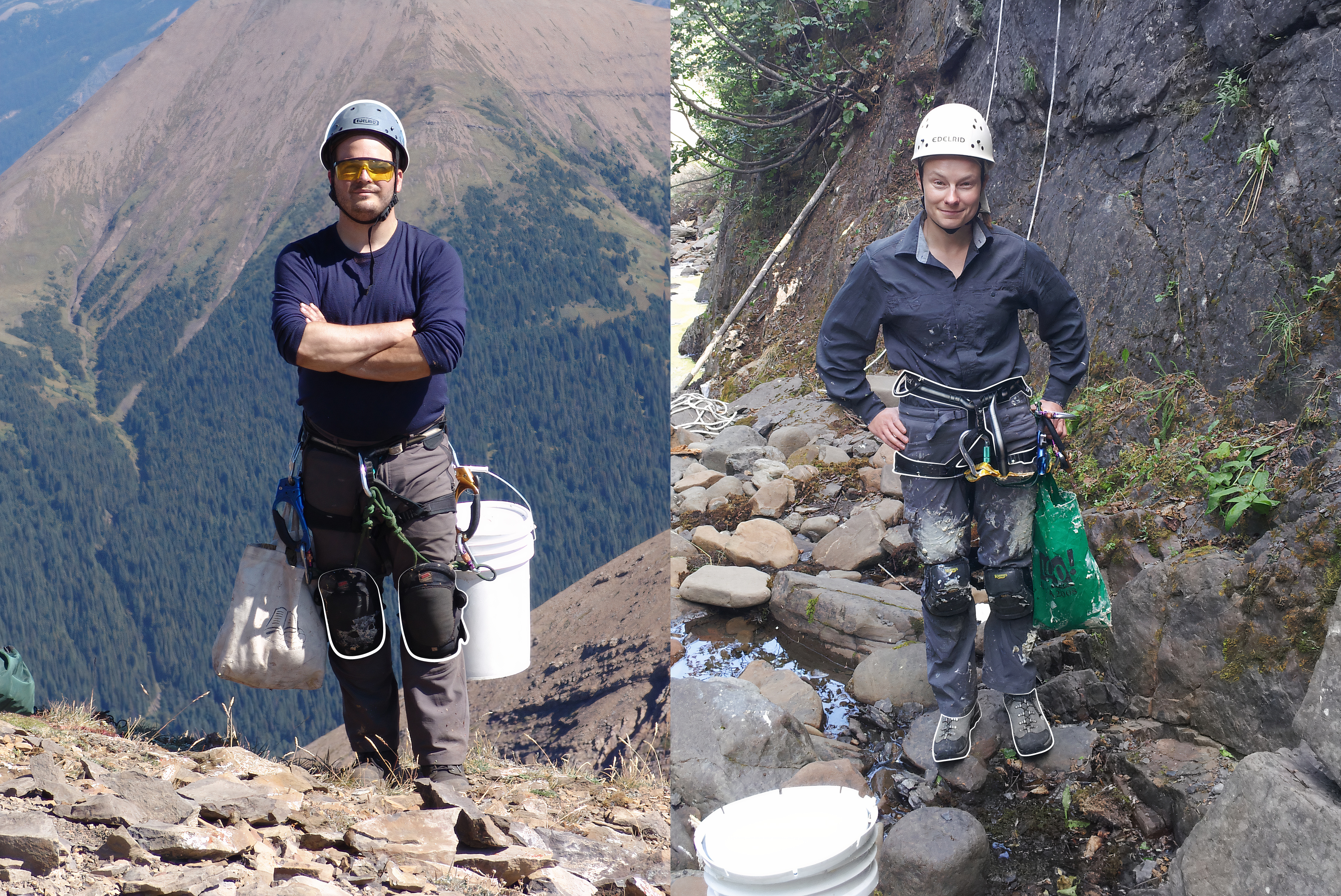Dinosaur Peak Quiz
Did you find all the clues?
1.

Theropods are a group of dinosaurs including Allosaurus and Tyrannosaurus. Scientists think modern birds evolved from theropods. What is a key identifying characteristic of most theropod dinosaurs?
Show Answer
Three-toed footprints2.

Paleontologists often work in challenging locations. As dinosaur detectives, they need to be prepared for anything. What is NOT something paleontologists need when going out into the field?
Show Answer
Grand piano3.

Imprint fossils show us how part of an ancient organism used to look. A row of dinosaur fossil footprints can be very detailed, but what is something that they do NOT tell us?
Show Answer
Exact species of the dinosaur4.

Nodosaurs are a type of ankylosaur found in western Canada in the early Cretaceous. These quadrupedal (four-footed) dinosaurs grew to be up to 5 metres long. What is NOT a characteristic of nodosaurs?



